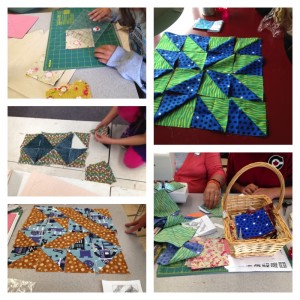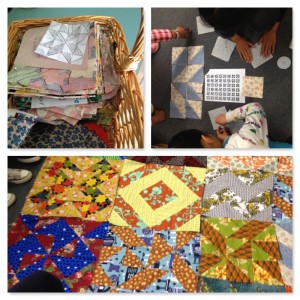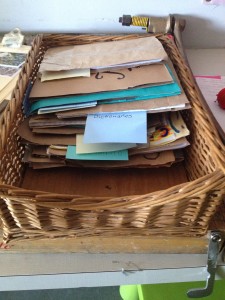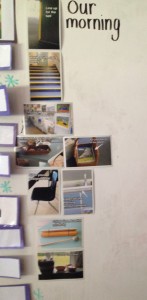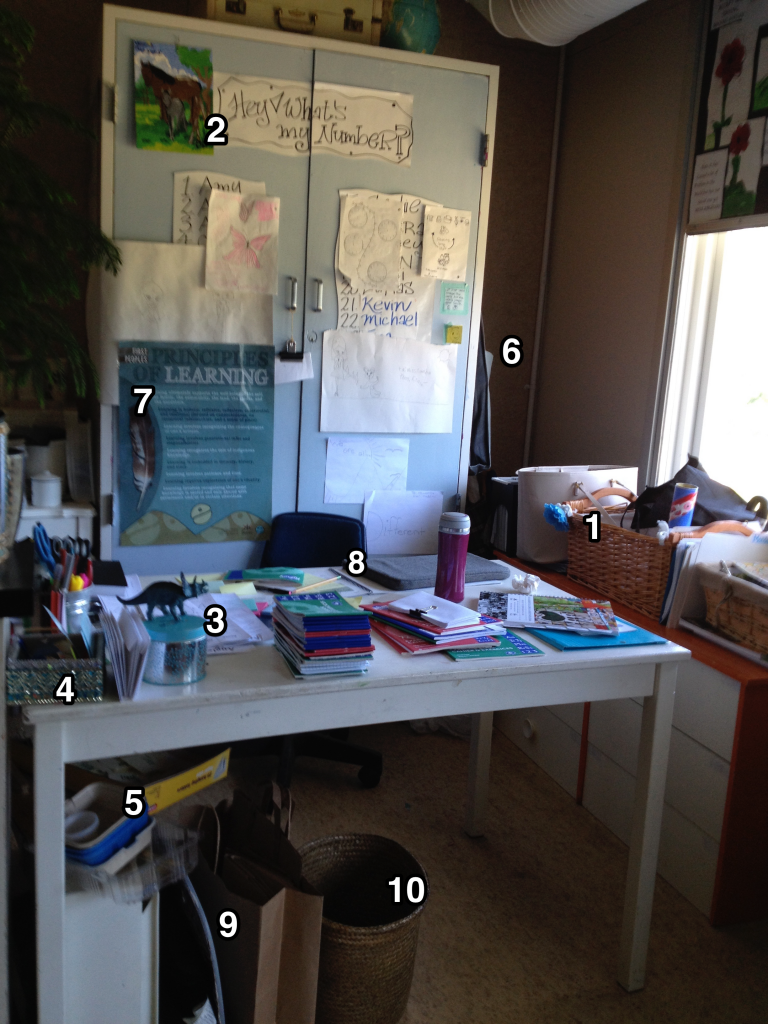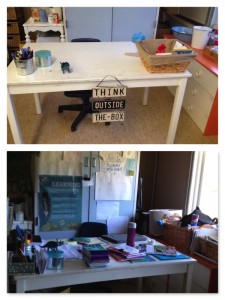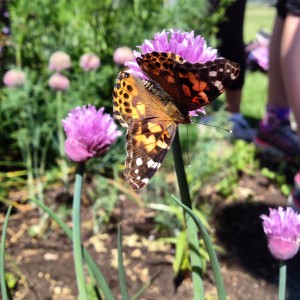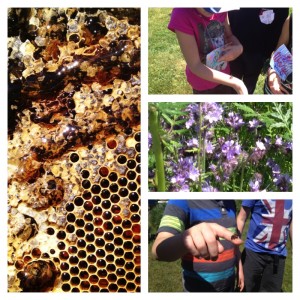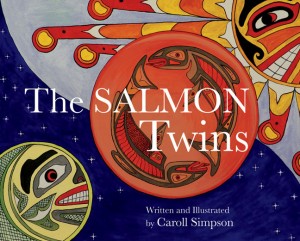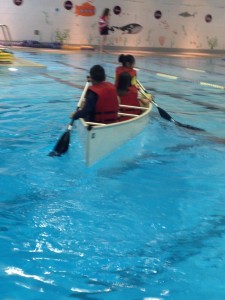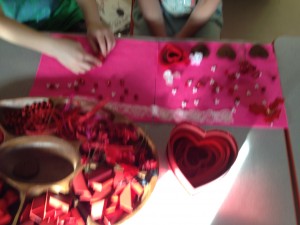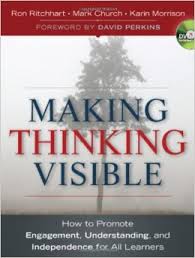“This art project takes a lot of patience!”
-

-
A finished product
-
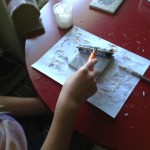
-
The process
-
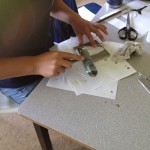
-
The process
A parent from the school donated several boxes of beautiful tiles to our class. Interestingly enough my school advisor and I were the only ones interested in having them…
I spent some time thinking about a way we could use these beautiful materials to make an art project, especially in time for mothers day.
I settled on an image transfer technique using mod podge… I wanted to make decorative tiles… similar to the Sid Dickens ones sold at decor and gift shops. A local gift store sells these tiles at a price point of $80-$100!! I consulted with a friend who has a fine arts background and was on my way!
Our class managed to make these as gifts at almost no cost as the tiles were donated, we borrowed the mod podge from another class and used loose leaf supply paper from the school.
I incorporated some flexibility and choice into this project in a few ways.
- I left it open ended by telling students everyone would make between one and four tiles.
- I had the students to choose their images or image theme
- While mothers day gifts were the suggestion I left it open to students about how they would gift the tiles… one student preferred to save these for her mother’s birthday which was coming after mother’s day. Another student made two tiles for mom and two for grandma. Depending on family situations mother’s day art activities can be sensitive… I framed this more as an art activity we were doing and you could use this project as a gift for your mother.
In my daybook I gave this activity a lot of time which turned out to be a good choice! There was a lot of trial and error…I expected this to be a process, however to be completely honest I didn’t realize how messy this project was going to be and how long it was going to take. I made a couple tiles myself the weekend prior and had figured out the basic process which I demonstrated under the document camera.
Many students were not successful until their 3rd or 4th try on this project. I warned students before we started that it may take some time to get this right and that you may need to wash your tile and start over a few times. The first demo I did under the document camera actually didn’t work- in some ways that was lucky for me because it set the tone for the students that it’s okay to not be successful on the first try. I also had an opportunity to show them how to scrub the tile to start over!
In some ways it was a really excellent learning opportunity for some students. One student who is always successful at everything we do tried at least six or seven times before she managed to make hers! I was impressed with her attitude and perseverance. In the end she created four beautiful tiles that she was very proud of.
There was however one point when the room was an absolute mess and I thought this art project was a total failure. Just then I overhead one student say “This is the most fun art project we’ve done!”
Ultimately every single person was successful in making at least one tile. I’m happy I did this project. At first I was very tempted to just use one of the mother’s day art project I had done in a previous year. It would have been a lot easier…
Now I have something new to add to my repertoire! I was even able to make a lot of connections to our math learning about transformations, especially reflection and rotation when positioning the image on the tile!
The process required a lot of patience, focus and self regulation. Not to mention that the art process required a lot of physical strength from pushing, rubbing and adding pressure. (One student even asked if this was my idea of having another gym class!) The end results however were absolutely amazing. There are a lot of things I would do differently if I were to this project again (mostly to streamline the process). I also think I would never ever do this project with a primary grade because it’s just too frustrating for young children.
Grade 5 students however… they were so proud to make these. Many students told me the following monday how the tiles were on display in their families homes including in their gardens, on patio tables, and even mounted to the walls!

